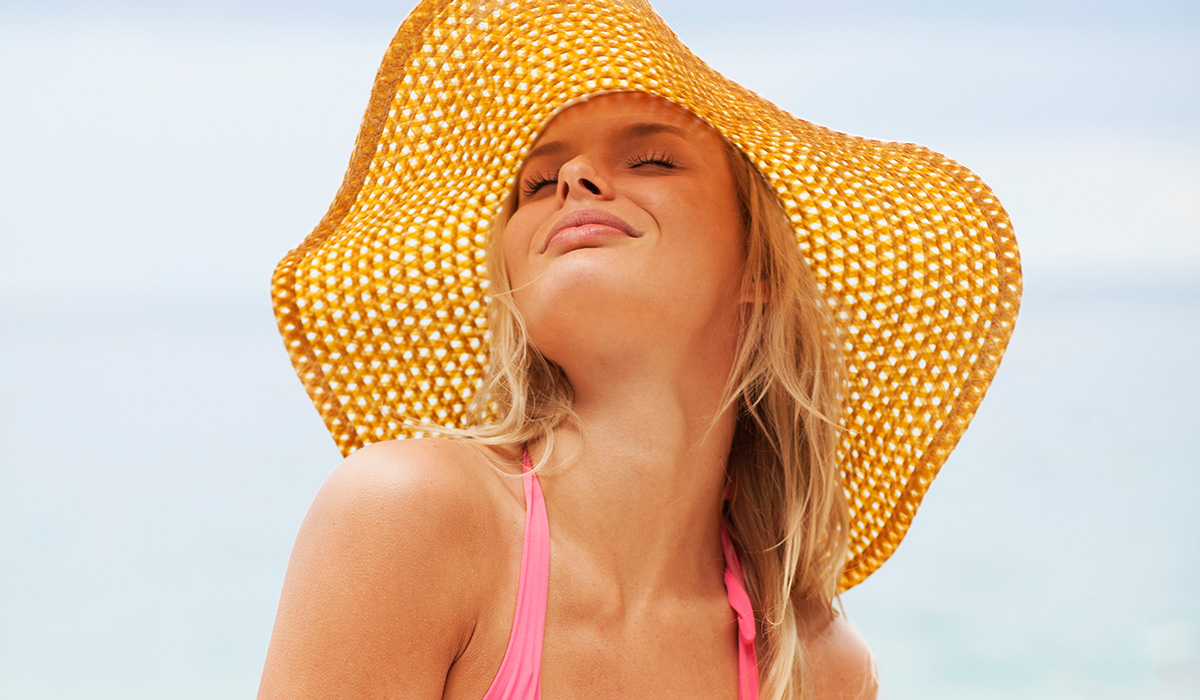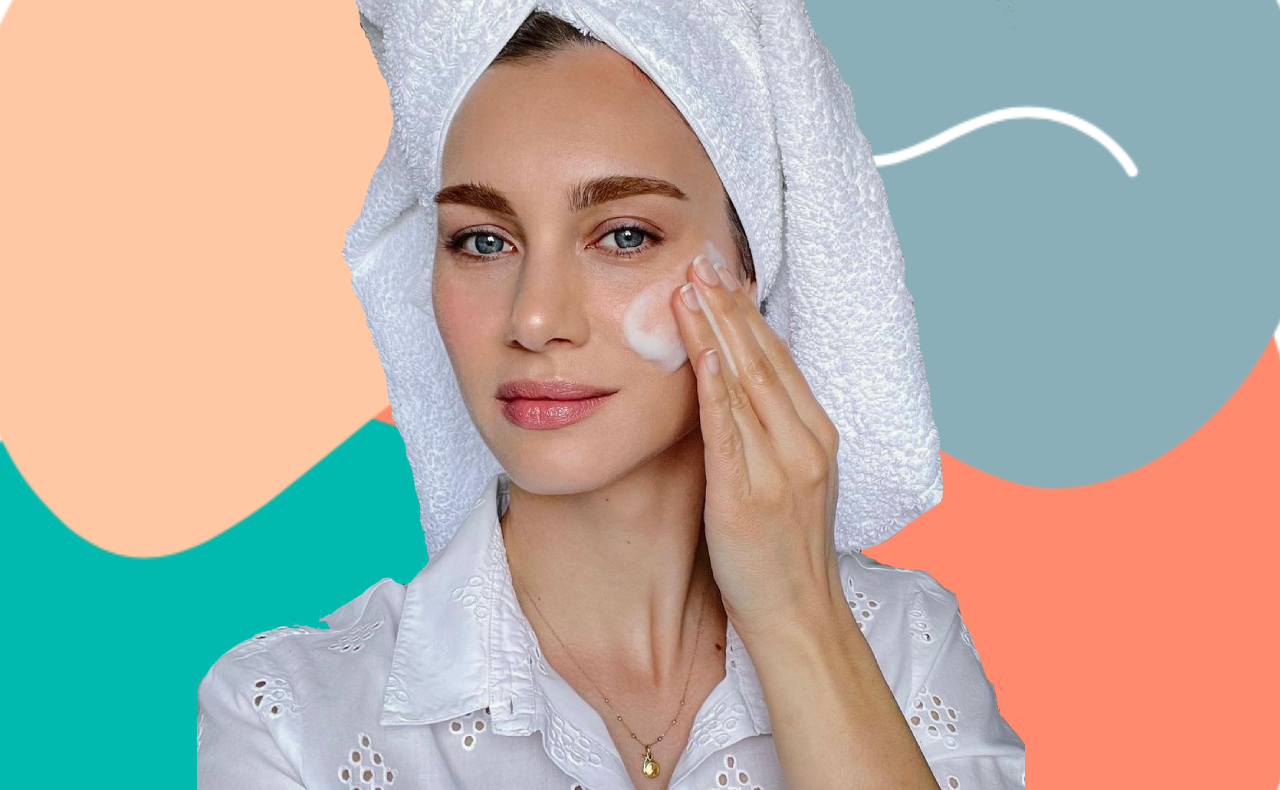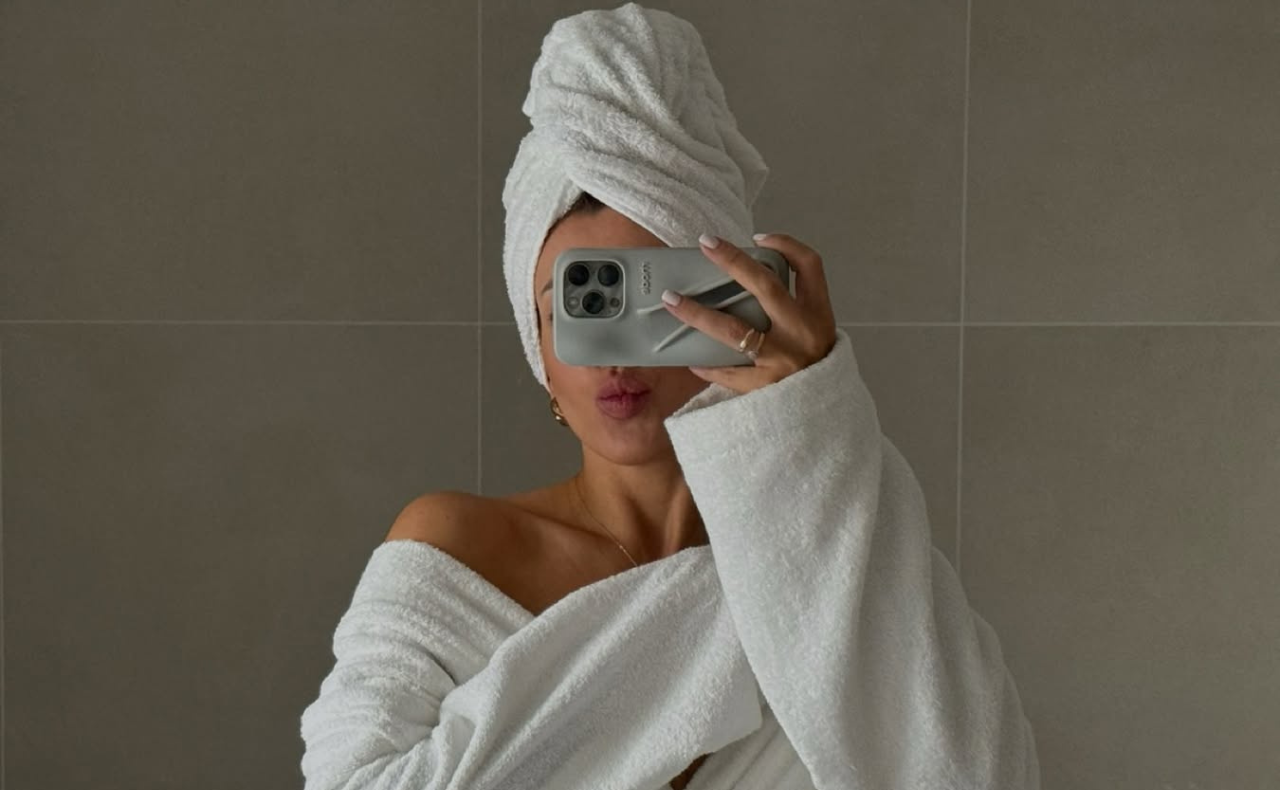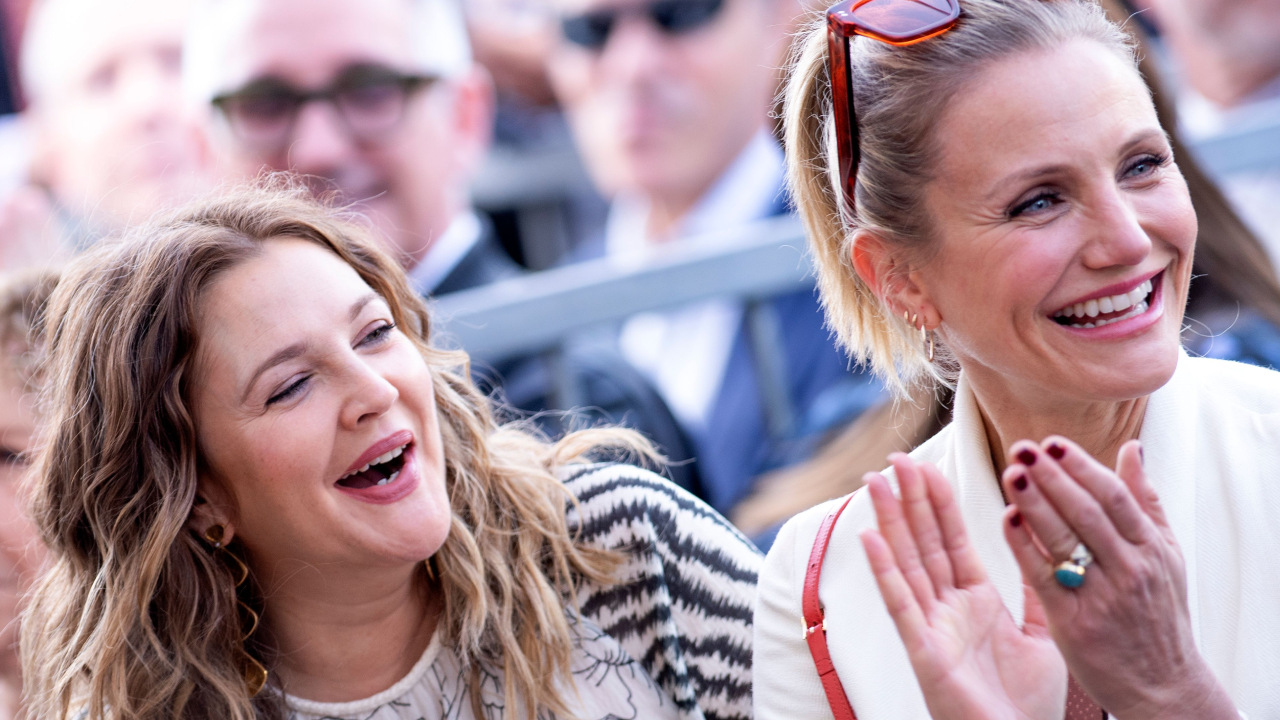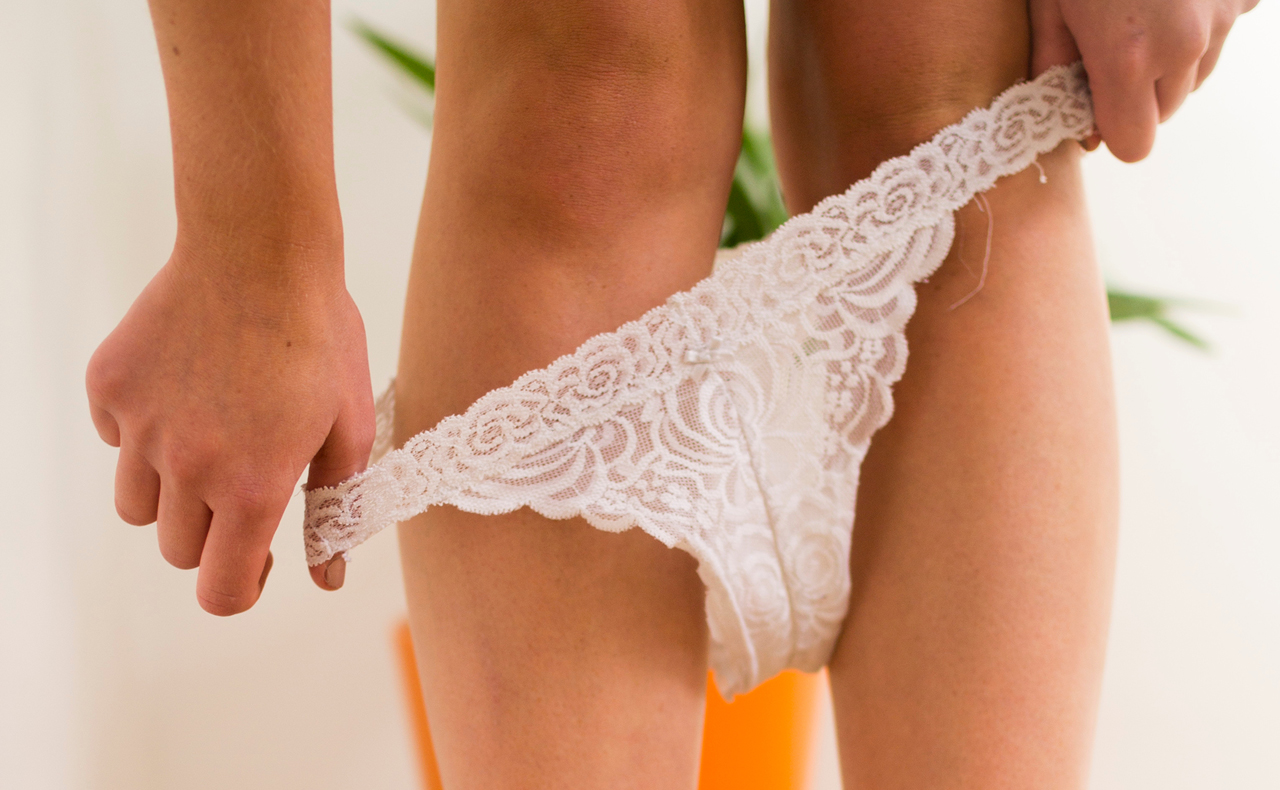We see it on so many products we use on the reg, we know it’s important when the sun is out and the term Slip-Slop-Slap is part of our national vernacular. But how much do we really know about SPF? What does it stand for, what’s the difference between the factors, and do we need to wear it all year round? I sought the help of Craig Sinclair, Chair of the Skin Cancer Committee for Cancer Council Australia, and here’s what I discovered…
RELATED: Solutions to weird health questions
RELATED: Skin care tips for travelling beauties
What does SPF stand for?
This one is nice and straightforward. SPF stands for sun protection factor (probably could have guessed that!).
What is the difference between SPF 15, 30 and 50+?
This question is a little more complex and involves some maths. Craig explains, “[SPF] relates to the amount of time it takes for redness to appear on the skin compared to when no product is used.” So, think of it this way: If your skin takes 10 minutes to show redness (start to burn) in the sun, then when you wear SPF 15 sunscreen, your skin will take 15 times longer to burn (150 minutes). Got it?
Each level of SPF filters a different percentage of UVB radiation. Craig explains the differences:
- SPF 15 filters 94 per cent of UVB radiation and is classified as ‘moderate’ protection. This level is not suitable for when UVB levels are 3 or above.
- SPF 30 filters 96.7 per cent of UVB radiation.
- SPF 50+ is only marginally better than SPF 30 and filters 98 per cent of UVB radiation.
RELATED: Make-up tips to hide and heal sunburn
Is the SPF requirement for your face different to that for your body?
Craig says as a blanket rule, the Cancer Council recommends using SPF 30+ or higher on both the body and the face when the UV factor is 3 or above. But how can I tell what the UV factor is, I hear you ask? Well, Craig tells me that the UV Index is published daily in newspapers and can also be found online at cancer.org.au or bom.gov.au/Australia/uv or alternatively, you could download the free SunSmart app.
Craig also reminds us that SPF is not the only thing to consider when thinking about sun protection. He says you need to apply “at least a teaspoon for each limb, front and back of the body, and face (including neck and ears)” when exposed to the sun. It’s also super important to wear a broadbrim hat, sunglasses, sun-protective clothing and to find shade when you’re out in the sun.
RELATED: Top 7 sunscreens for sensitive skin
Do you need to wear SPF year-round?
It’s a common misconception that SPF is only important when the sun is out. Craig explains that sun damage relates specifically to UV levels, and not heat. He says, “You can still get sunburnt even on a cool or cloudy day,” so you need to wear SPF products when the UV Index is 3 or above. This means for northern areas of Australia, sun protection is required year-round as the UV factor is never below 3 (with the exception of early morning and evening). Craig explains that in some southern areas of Australia, the UV factor is below 3 generally in late autumn and winter and sun protection may not be necessary in these times (unless you are near highly reflective surfaces like snow).
Fun fact: For those of us living in the southern states of Australia, not wearing sun protection when the UV Index is below 3 is actually useful in maintaining sufficient levels of vitamin D. Craig recommends going outside in the middle of the day and doing physical activity in the cooler months to ensure this.
Always remember…
Craig explains that Australia has one of the highest rates of skin cancer in the world, with two in three Australians diagnosed with skin cancer by the time they’re 70, and over 2000 dying of skin cancer each year. He warns against using a low SPF, as “this may give you a false sense of security” and says to “never sunbake or seek the sun when UV levels are 3 or above”.
Some products we love that will help keep you protected are…

Sunsense Moisturising Face SPF 50+, Reef Dry Touch SPF 30+ Sunscreen Lotion, Invisible Zinc 4 Hour Water Resistant SPF50+, Elucent Anti Ageing Day Moisturiser SPF 50+, Rimmel London Match Perfection Foundation SPF20, Cancer Council Day Wear Matte Face Sunscreen SPF50+, NIVEA Sun Moisturising Sunscreen Lotion SPF50+
Did you know any of this information about SPF? Do you use beauty products that contain SPF?
